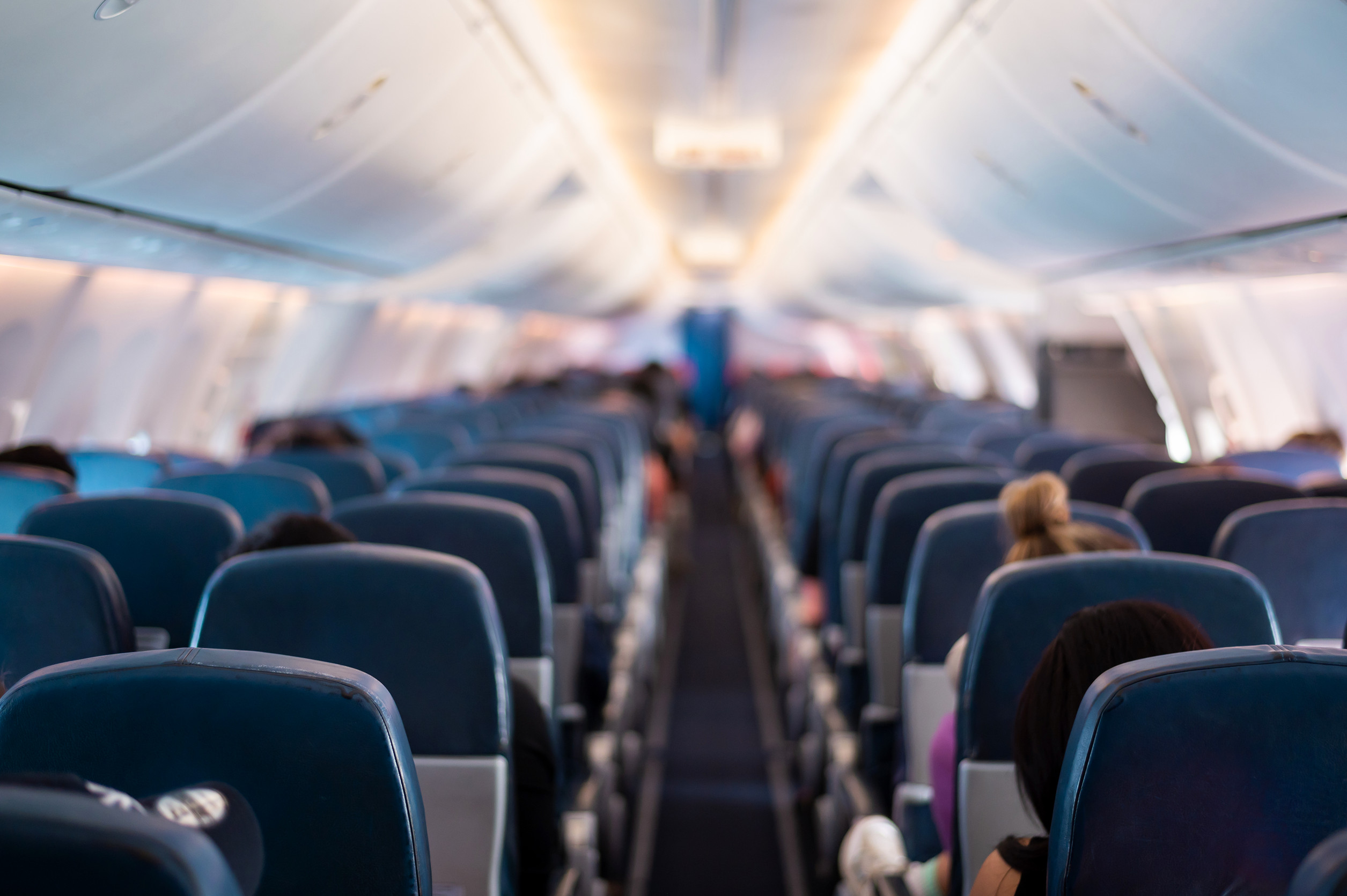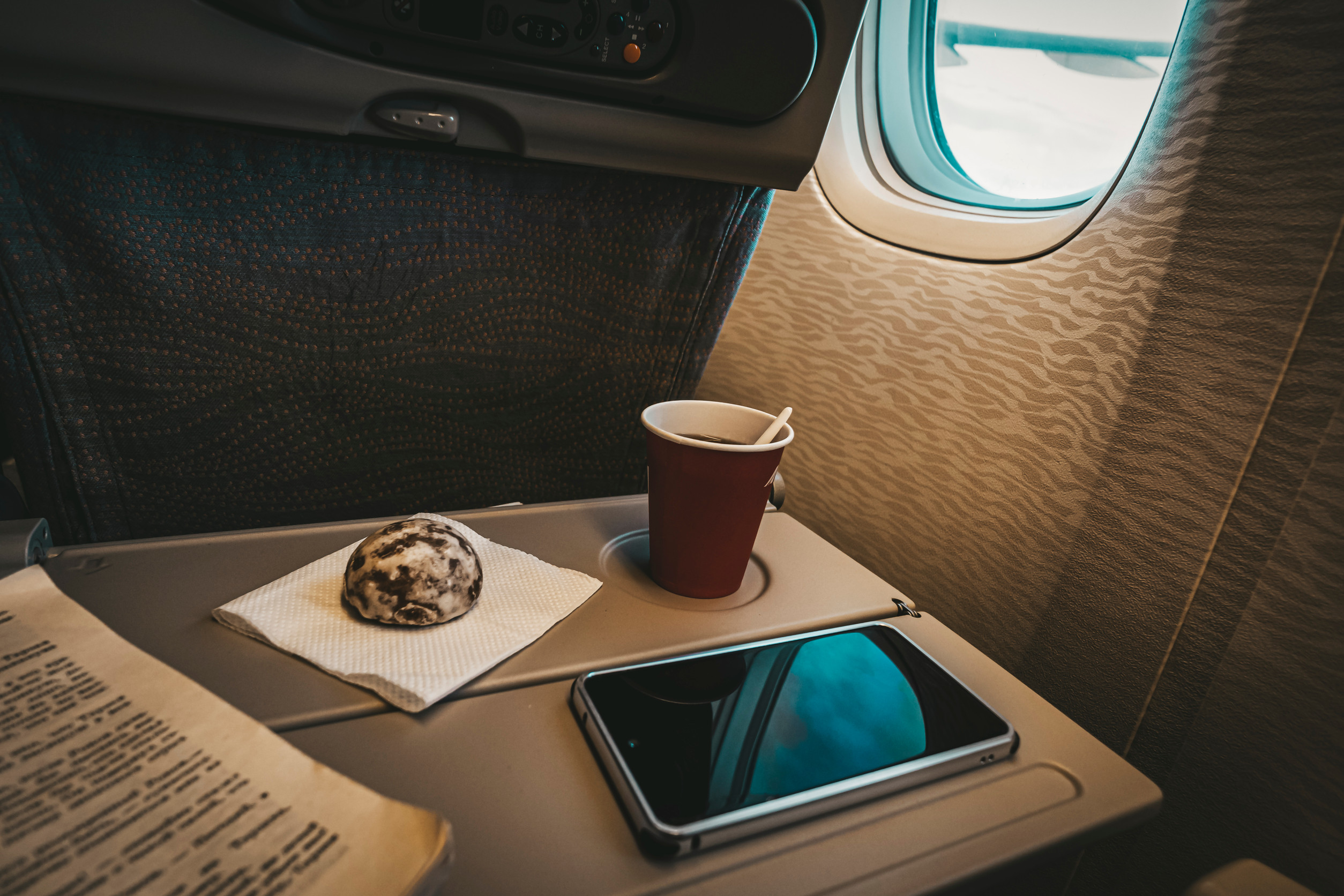Air travel is supposed to feel like freedom—wings, clouds, adventure. Instead, it often feels like walking into a carnival where the ringmaster charges you for every ride, snack, and seat cushion. Airlines know tickets alone won’t keep them swimming in profit, so they’ve mastered the art of fees that sneak up on you when you least expect it.
You may think you’re booking a $200 flight, but by the time you’ve picked a seat, grabbed a snack, and checked a bag, you’re halfway to funding the airline’s new corporate jet.
1. The Checked Bag Shakedown
Gone are the days when you could toss a suitcase into the belly of the plane without paying extra. Now, airlines charge anywhere from $25 to $60 per bag, one-way. For families or frequent flyers, this adds up faster than you can say “overweight surcharge.” What’s worse is that the airlines blame fuel costs, but the fees stuck around long after prices dropped. Checked bag fees are the bread and butter of airline profits, turning luggage into a goldmine.
2. The Carry-On Conundrum
Budget airlines especially love this sneaky fee: charging passengers for carry-on bags. It’s ironic because you’re essentially paying to lift, lug, and cram your own bag into an overhead bin. These fees can rival checked bag costs, making the “cheap flight” look a lot less cheap. Travelers often end up playing suitcase roulette—debating whether to risk a carry-on or just cave and check the bag. Either way, airlines cash in on your indecision.
3. Seat Selection Shenanigans
Remember when you could book a flight and automatically get a seat without drama? Today, airlines dangle “preferred seating” options that cost anywhere from $10 to $200, depending on the route. Even standard seats often come with a fee if you want to sit next to your travel buddy. Families especially feel the sting, sometimes forced to pay up just to keep kids and parents together. It’s a clever money-maker that turns human connection into a luxury upgrade.
4. The “Snack Attack” Price Tag
Airline food jokes are old, but paying $12 for a plastic-wrapped sandwich is no laughing matter. Snacks, drinks, and “premium” meals are a profit center airlines can’t resist. Passengers are a captive audience at 35,000 feet, which means you’ll pay $5 for a soda that costs pennies on the ground. And don’t even think about that $9 cheese tray unless you’re ready for sticker shock. Airlines turn hunger into profit, and they know you’re too strapped in to complain.
5. The Early Boarding Upcharge
Want to get on the plane a little earlier than everyone else? That’ll be $20, thank you very much. Early boarding fees play on the fear of running out of overhead bin space, which airlines themselves created by charging for checked bags. It’s a brilliant cycle: charge for bags, then charge for peace of mind about those bags. Suddenly, boarding order isn’t about efficiency—it’s about who’s willing to pay extra to feel less stressed. Airlines laugh all the way to the bank.
6. The Flight Change Fiasco
Life happens—plans change, emergencies pop up. But airlines know this and have turned it into a profit machine. Change fees can cost up to $200 per ticket, not including fare differences. Even though some airlines eased these during the pandemic, many still sneak them in under certain fare classes. For travelers, it feels like a penalty for being human, while airlines rake in millions from last-minute changes.
7. Wi-Fi Woes
You’d think that in 2025, onboard Wi-Fi would be a standard courtesy. Instead, airlines charge anywhere from $5 for a short flight to $30 for an all-day pass—and the service often crawls at snail speed. Passengers end up paying top dollar to refresh their inbox or scroll social media. Multiply that by hundreds of passengers across thousands of flights, and Wi-Fi becomes another revenue jackpot. Slow internet, big profits—that’s the airline way.
8. The Overweight Bag Gamble
Think your bag is safe at 51 pounds? Think again. Airlines slap on overweight fees that can range from $50 to a whopping $200 per bag. The rule feels arbitrary, especially when one suitcase at 49 pounds costs nothing, while another at 51 pounds breaks the bank. It’s a classic “gotcha” fee that punishes travelers for minor miscalculations. And of course, the airlines make a tidy profit from every extra pound of your vacation wardrobe.
9. The “Fuel Surcharge” Mystery Fee
Ah, the infamous fuel surcharge—the fee that refuses to die. Originally introduced when oil prices skyrocketed, many airlines kept it long after fuel costs stabilized. It often appears as a vague line item on your bill, leaving passengers scratching their heads. The lack of transparency makes it feel like airlines are charging for thin air. Spoiler: they kind of are, and the profits keep rolling in.
Death by a Thousand Fees
Flying has become less about the thrill of travel and more about dodging financial landmines. From baggage charges to mystery surcharges, airlines have perfected the art of squeezing profits from every corner of your trip. While these fees might seem small individually, together they represent billions of dollars in revenue. Travelers are left feeling nickel-and-dimed while airlines grow richer every year.
Have you ever been stung by one of these outrageous fees? Share your stories, rants, or survival tips in the comments below.
You May Also Like…
8 Financial Secrets Airlines Don’t Want Passengers to Know
These Are The Top 5 Airlines To Fly With
8 Most Reliable Airlines for Stress-Free Flying
9 Outrageous Bank Fees That Shouldn’t Exist in 2025
Why Do Banks Still Charge ATM Fees in 2025?



Leave a Reply